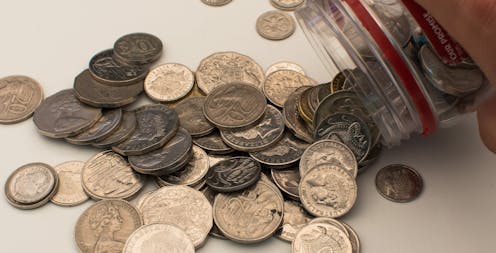The Greens' liveable income guarantee is a serious idea the major parties won't touch – yet
- Written by John Quiggin, Professor, School of Economics, The University of Queensland

The Australian Greens have lobbed a large rock into the placid pool of economic policy by announcing a proposal for a “Liveable Income Guarantee[1]”.
The policy would increase all income support payments – for those looking for work, studying full-time or unable to work because of age, disability or caring responsibilities – to A$88 a day (about $32,000 a year) from July 2023.
This payment level is based on the poverty line calculated by the Melbourne Institute[2]. Increases to all payments would be indexed to changes to the poverty line. The policy would also scrap mutual obligation programs such as “work for the dole” and relax eligibility restrictions.
Currently welfare payments vary widely, with the age pension for a single person being about $70 a day, while JobSeeker is about $44 a day.
JobSeeker vs age pension

















